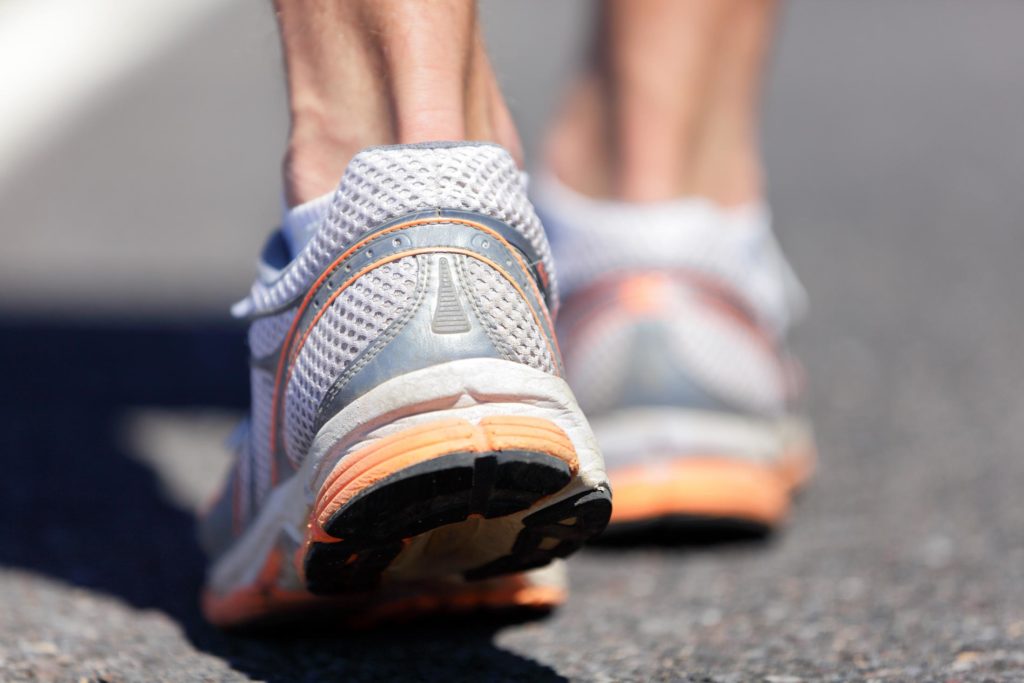
The Seattle Seahawks suffered a harsh blow to the rest of their season when team doctors diagnosed star cornerback Richard Sherman with a ruptured Achilles tendon.
The injury takes Sherman out of the game for the rest of the season.
Sherman, listed on the team’s injury report as having an Achilles strain the day before the team faced off against the Arizona Cardinals, played over half the game until tearing his tendon in the third quarter. The tear occurred as Sherman was accelerating out of a break. After his injury, he limped off the field and refused examination by the team physician.
Fans hoped that Sherman only suffered a minor injury, but it’s likely that Sherman knew otherwise, as he talked to quarterback Russell Wilson on the sidelines and purportedly said he was “done for the year.”
Achilles tears are common injuries for athletes and laypeople alike. Many Achilles tears stem from a history of tendonitis or previous strain.
Tendonitis is an inflammation or irritation of the tendons and frequently develops because of overuse, improper use or because of trauma or injury.
Achilles tendonitis causes the inflammation of the Achilles tendon, the thick, fibrous tendon that connects the calf muscle to the heel. The tendon plays a critical role in the ability to walk, jump and run – all functions essential to Sherman’s role as an NFL cornerback.
“Achilles injuries severely impact a player’s ability to participate in practice and during games,” said Dr. Michael Budler, M.D.
Budler is an interventional radiologist in Grand Island, Nebraska, who sees individuals who suffer from tendonitis in the Achilles tendon, as well as other areas such as the elbow, knee or foot.
“Depending on the affected areas, tendonitis has other names, like ‘tennis elbow,’ ‘jumper’s knee’ and ‘plantar fasciitis,'” Budler said.
Tendonitis is characterized by pain, stiffness and limited motion, which considerably impact the performance of a professional athlete.
“Basketball, baseball and football players have a greater risk of developing tendonitis because of how they continuously play and practice,” Budler said.
That is not to say that the Average Joe is off the hook for developing the condition.
“Tendonitis occurs in individuals who lift weights, swing hammers or type on keyboards all day, too,” Budler said.
Many repetitive motions cause tendons to develop tiny micro-tears. Eventually, these small tears grow to large tears from continued use of the injured area.
“When the Achilles tendon or a tendon in another joint is partially or completely torn, the ability to use that joint is impacted,” Budler said.
The conventional treatments for tendonitis include rest and other self-care treatments like ice and pain relievers. Severe cases of the condition or tears like Sherman’s require surgery to repair and remove damaged tissue, which means lengthy recovery times, rehabilitation and physical therapy.
For Sherman, it also means no more football at least until next year.
Budler can speed up the process of repair and healing for tendonitis tears by using a different approach from traditional surgery.
To treat individuals with tendonitis, Budler uses an exact ultrasonic surgical knife known as Tenex TX1 to make repairs.
During the Tenex TX1 procedure, a tiny incision is made in the affected area to accommodate a very thin ultrasonic probe.
The ultrasonic energy of the probe allows physicians like Budler to target damaged tissue, guided by ultrasonic imagery.
Using this method allows Budler to excise only damaged tissue, leaving the surrounding healthy tissue undisturbed.
Traditional surgery for a torn tendon like Sherman’s means several months of rest and rehab.
“Minimizing incisions and reducing the impact of the surgery allows for faster healing, which gets people back to the game or their normal routines in just a few weeks, much faster than traditional surgery,” Budler said.
Sources:
The San Diego Union-Tribune. UPDATED: Richard Sherman Achilles tear confirmed. 10 November 2017.
